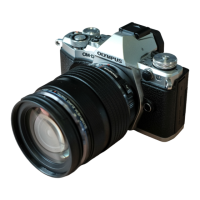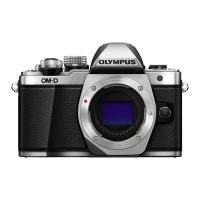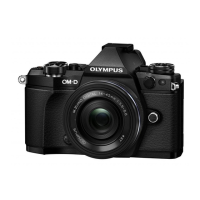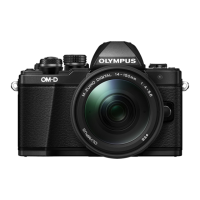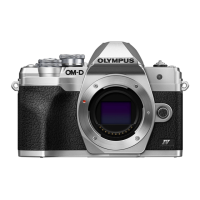301
EN
• If
battery fluid
gets into your eyes,
flush
your eyes immediately with
clear,
cold
running water and seek medical attention
immediately.
•
Always store batteries out
of
the reach
of
small
children.
If
a child accidentally swallows
a battery, seek medical attention immediately.
•
Should you notice that the charger is emitting
smoke, heat, or
an
unusual noise or smell,
immediately cease use and unplug the
charger from the power outlet, and then
contact
an
authorized distributor or service
center.
~WARNING
• Keep batteries dry at
all times.
•
To
prevent batteries from leaking,
overheating, or causing a fire or explosion,
use only batteries recommended for use with
this product.
• Insert
the battery
carefully
as described
in
the
operating instructions.
• If
rechargeable batteries have not been
recharged within the specified time, stop
charging them and do not use them.
•
Do not use a battery
if
it is cracked or broken.
• If
a battery leaks, becomes discolored or
deformed, or becomes abnormal
in
any other
way during operation, stop using the camera.
• If
a battery leaks
fluid
onto your clothing
or skin, remove the
clothing
and
flush
the
affected area with
clean,
running cold water
immediately.
If
the
fluid
burns your skin, seek
medical attention immediately.
• Never subject batteries to strong shocks or
continuous vibration.
~CAUTION
•
Before loading, always inspect the battery
carefully for leaks, discoloration, warping, or
any other abnormality.
•
The battery may become hot during
prolonged use.
To
avoid minor burns, do not
remove it immediately after using the camera.
•
Always unload the battery from the camera
before storing the camera for a long period.
•
This camera uses a lithium ion battery
specified by Olympus. Do not use any other
type
of
battery.
•
There is a risk
of
explosion if the battery
is replaced with the incorrect battery type.
Dispose of the used battery following the
instructions
"Battery
Handling Precautions".
•
When the camera will not be used for an
extended period, store it
in
a cool place.
•
Please recycle batteries to help save our
planet's resources. When you throw away
dead batteries, be sure to cover their
terminals and always observe local laws and
regulations.
Precautions when using the
wireless
LA
.N
fuoction
~WARNING
Turn off the camera in hospitals and other
locations where medical equipment is
present.
The radio waves from the camera may
adversely affect medical equipment,
causing a malfunction that results
in
an
accident.
•
Turn off the camera when on board
aircraft.
Using wireless devices onboard may hinder
safe operation
of
the aircraft.
FC.C
Notice
This equipment has been tested and found to
comply with the limits for a Class B digital device,
pursuant to part 15
of
the FCC Rules. These limits
are designed to provide reasonable protection
against harmful interference
in
a residential
installation. This equipment generates, uses
and can radiate radio frequency energy and, if
not installed and used
in
accordance with the
instructions, may cause harmful interference
to radio communications. However, there
is
no
guarantee that interference
will
not occur
in
a
particular installation.
If
this equipment does
cause harmful interference to radio or television
reception, which can be determined by turning the
equipment off and on, the user is encouraged to
try to correct the interference by one or more of
the following measures:
•
Reorient or relocate the receiving antenna.
• Increase
the separation between the
equipment
and receiver.
•
Connect the equipment into an outlet
on
a
circuit different from that to which the receiver
is connected.
•
Consult the dealer or an experienced radio/
TV technician for help.
• Only
the
OLYMPUS-supplied USB
cable
should
be
used to connect the camera to
USB
enabled personal computers.
FCC Caution
Changes or modifications not expressly
approved by the party responsible for compliance
could void the user's authority to operate the
equipment.
This transmitter must not be co-located or
operated
in
conjunction with any other antenna
or transmitter.
This equipment complies with
FCC/IC
radiation
exposure limits set forth for
an
uncontrolled
environment and meets the
FCC
radio frequency
(RF) Exposure Guidelines
in
Supplement C
to
OET65
and
RSS-1
02
of the
IC
radio frequency
(RF) Exposure rules. This equipment has very
low
levels of
RF
energy that are deemed to comply
without testing of specific absorption ratio (SAR).

